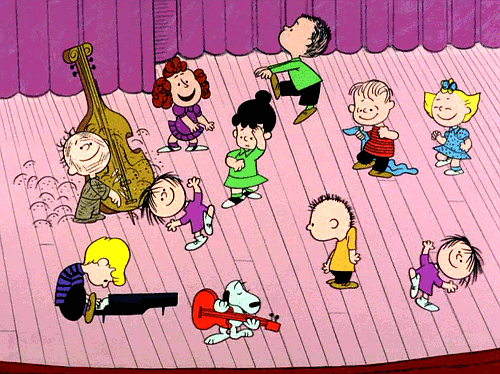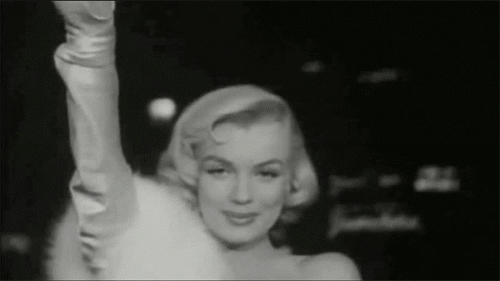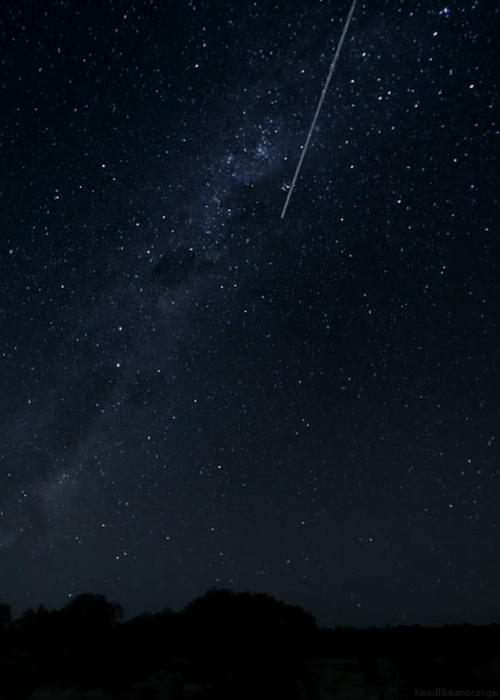Internet Debris
Very little posted here is mine!
Internet Debris does not claim rights to any
photos or media content posted to the site.
No copyright infringement is intended.
To see Internet Debris II's photos, click here or the image above
Strange Christmas Traditions
Around the World
The commercialism surrounding American holidays grows exponentially each year, and most companies are already hawking their Christmas wares come Halloween. But at the heart of all this gross merchandising are traditions that were established centuries ago. Around the world, Christmas celebrations take radically different forms, and some might seem totally bizarre — as if idolizing an old guy who rides flying reindeer and hangs out with elves were totally normal. We’ve gathered a few of our favorite unusual Christmas traditions that involve witches, demons, and… fast food, below.
Image credit: Perchtenlauf Klagenfurt
Krampusnacht
What better way to celebrate the holiday than to worship a hairy, pre-Christian era demon? Think of devil Krampus as the anti-Saint Nicholas. Instead of delivering gifts to good boys and girls, Krampus brings naughty children coal or carries them off in his sack. People around the world celebrated Krampusnacht on December 6 — the only night of the year you can see a beastly creature parading the streets in search of people to devour. Image via Nature Boy
Image via Nature Boy
 Image via Nature Boy
Image via Nature Boy Greenland’s decomposing delicacy
You’ll be thankful for fruitcake after you learn that Greenland’s traditional Christmas delicacy consists of mattak — raw whale skin and blubber — and kiviak — wrapped auk (an arctic bird) in seal skin that has been buried for several months until it reaches the perfect stage of decomposition.

There are many theories behind the tradition of placing a caganer in a nativity scene in Catalonia and other parts of Spain, Portugal, and Italy. The miniature figure is depicted crouching and defecating, with the foul products of his labor piled at his feet. The caganer is normally represented as a peasant in folksy garb, but in recent times, caganers modeled after political figures and cultural icons have become popular.
Via I can't watch is it over yet?
Image via Fuzzy Dave
Estonian sauna
If holiday family get-togethers are stressful to you, then celebrating Christmas the Estonian way could be a huge relief or your worst nightmare. On Christmas Eve, Estonian families hang out in a sauna. If bonding with the folks in a hot room while drinking vodka and sharing stories sounds relaxing, this could be a great alternative to the norm. For many, sitting in a steam bath with naked relatives sounds horrifying.
Image via Scanland
Caga tió
Catalonia can never be accused of being squeamish. Another holiday tradition in the Spanish community involves a log known as the Caga tió or Tió de Nadal. People place a log on four stick legs with a painted, smiling face in their home. Throughout the month of December, they take care of the log, covering it with a blanket for warmth and “feeding” it tasty food. On Christmas day, things take a turn for the weirder. Tradition calls for the children of the house to beat the log with sticks, sing to it, and order it to defecate:
Caga tió,
caga torró,
avellanes i mató,
si no cagues bé
et daré un cop de bastó.
caga tió!
Shit log,
shit nougats (turrón),
hazelnuts and cottage cheese,
if you don’t shit well,
I’ll hit you with a stick,
shit log!
 Image via bradford.r's photostream
Image via bradford.r's photostream
Spider web Christmas tree
In Ukranian homes, people hide a (hopefully artificial) spider and its web inside their Christmas tree. (Goths: get thee to Ukraine immediately.) The person who finds the eight-legged creature is granted good luck. The tradition comes from an old folk tale about a widow who was too poor to decorate the family tree. A spider spun its web around it. When the Christmas day sun touched the threads, they turned to gold and silver making for a very happy and prosperous holiday.
Merry Christmas, darling...

Photo credit: R. fiend
Mari Lwyd
Christmas carols in some Welsh villages take a twisted turn during the ritual of Mari Lwyd. Donning a decorated mare’s skull (sometimes with a spring-loaded jaw so the mouth can snap at people) and white sheet, a person parades the streets with a group singing songs hoping to be granted admittance into stranger’s homes for food, fun, and drink.
Photo credit: R. fiend
Yule goat
In Scandinavian cities, the Yule goat — a pre-Christian era figure made of straw — is erected in the town square. Unfortunately, pranksters who have seen the movie Wicker Man too many times often light it on fire. In a previous life, the goat took the form of costumed wassailers who would go door to door for songs and pranks. In some countries, the goat has been replaced by a much more cheerful gnome-like creature called the Jultomte.
Image via The Unbearable Truth
La Befana
In parts of Italy, gifts are delivered by a witch, La Befana. She arrives on the Epiphany or Christmas with traditional holiday candies and fruits, or coal or garlic for the naughty ones. Families usually leave her a glass of wine for her journey, and if you’re extra nice, she’ll sweep your floor before she flies away on her broomstick. Parades and festivals often feature women dressed as the kindly witch.
Roller-skating Christmas
We’ve heard that in Caracas, Venezuelans ride to early morning church service between December 16 and 24th (Misa de Aguinaldo) on roller skates. Children in the neighborhood take things a step further by tying a piece of string around their big toe and hanging the other end out of their windows. In the morning, roller skaters give the string a tug as a holiday greeting. It all sounds very charming — until someone loses a toe.
KFC in Japan
Just when you think Japan’s pop culture weirdness has jumped the shark, something comes along to up the ante. In the 1970s, KFC — owned by the Mitsubishi Corporation in the East Asian country — started to promote the fried chicken fast food as a Christmas meal when they noticed foreigners were eating it due to the lack of traditional American holiday eats in Japan. The “Kurisumasu ni wa kentakkii!” (Kentucky for Christmas!) meal boasts more than the usual bird and biscuit. Customers also get goodies like cake and champagne, but they can pay upwards of $40 for the luxury.
Norwegian witches
Don’t expect to find a broom in a Norwegian household after Christmas Eve dinner. Families hide them so that witches and other mischievous spirits won’t steal them to terrorize the town.
Gay as Christmas.
Buy it here ✔ 
Image via Blue Ruins
What lies beneath...
A short reminder...
“The Salvation Army doesn’t believe that gays and lesbians should ever know the intimacy of any loving relationship, instead teaching that ‘Christians whose sexual orientation is primarily or exclusively same-sex are called upon to embrace celibacy as a way of life.’" - (source)
“Salvation Army Major: LGBT People Should Be Put to Death" - (source)
“The Salvation Army openly says that ‘practicing homosexuals’ aren’t welcome in their organization and they have lobbyists in D.C. and abroad who work to prevent gay rights legislation from being enacted." - (source)
“The Salvation Army does not only discriminate against gay and lesbian people, it also works politically against LGBT rights all over the world." - (source)
Spread the Word!
So while some of your nickels and pennies are going to hunger relief or “Christmas Assistance” just know that a large portion of your donation is going toward lobbying governments worldwide for anti-gay policies - including an attempt to make consensual gay sex illegal.
Thanks for your time! Please inform your friends and family, to help signal boost this message!

































